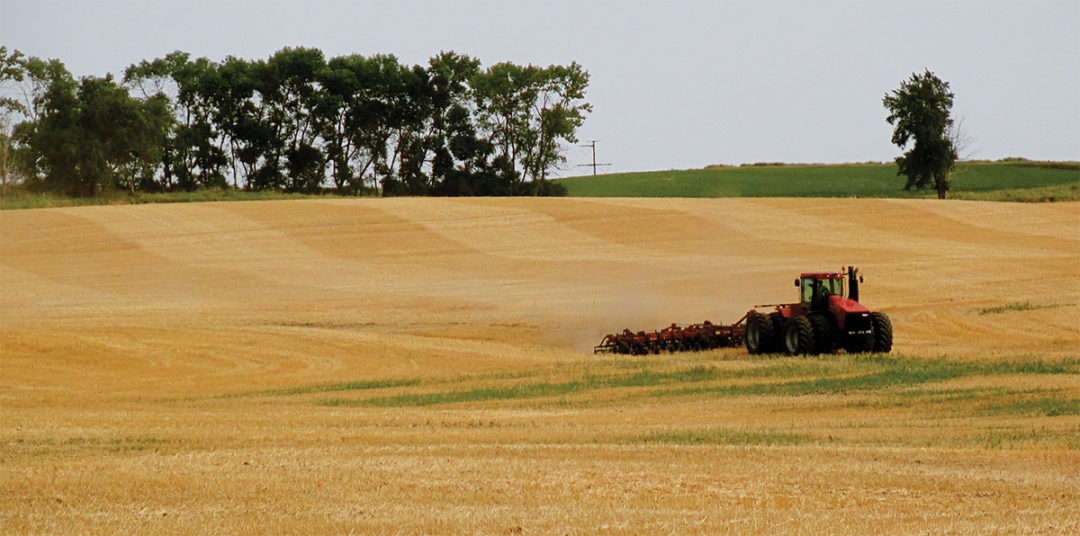No-Till Farmer
Get full access NOW to the most comprehensive, powerful and easy-to-use online resource for no-tillage practices. Just one good idea will pay for your subscription hundreds of times over.

Since vertical-tillage implements debuted, they’ve been a bit controversial with no-tillers, with some feeling the tools violate the basic principles of no-tilling by disturbing the soil.
But after surveying hundreds of no-tillers and strip-tillers about their use of these implements, Conservation Tillage Guide editors found many of them can’t ignore benefits they feel they’re getting from these tools.
No-Till Farmer’s 2013 Operational Benchmark Study found some 17% of respondents use vertical-tillage methods on their farms. Some growers believe the tools help protect soil, yet encourage optimal yields with a more uniform seedbed and better nutrient availability.
Below, no-tillers and strip-tillers discuss when and how they use vertical-tillage implements on their farms.
Fred Lukens, who farms near Aneta, N.D., raises barley, winter wheat, soybeans, corn and pinto beans. He uses 41-foot and 27-foot Salford RTS units for vertical tillage.
In the fall, the Salford RTS goes over all the barley and winter wheat acres. Some of the barley acres are seeded to winter wheat, but most of it is planted to cover crops. Sugarbeets were his cover crop this year.
In the spring, the Salford covers every acre ahead of Lukens’ Concord air drills.
“If we’re using the air drills to plant soybeans into corn stubble, we’ll make two passes with the Salford before seeding. Having two implements helps us stay ahead of the 30-foot and 40-foot air drills,” he says. “We sometimes no-till our soybeans into corn stubble with our Case IH 1200 planter, seeding…